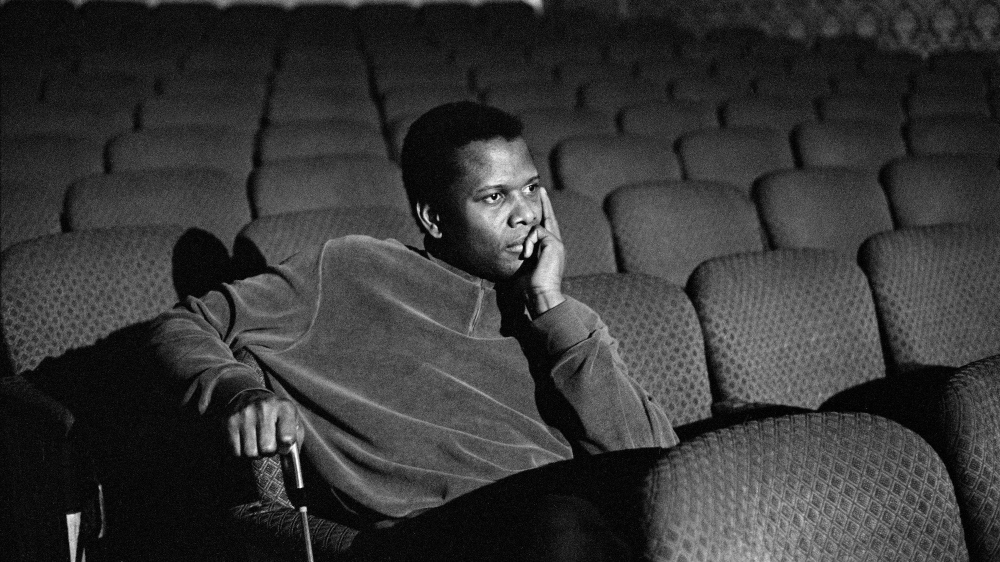
While Sidney, the new Sidney Poitier documentary on Apple TV+, runs shy of two hours, Editor Tony Kent initially turned in an assembly cut of three hours — because when it comes to an iconic actor like Poitier, more than enough footage exists to craft a two-part film or even a docuseries. Thus, a lot of thought and careful consideration went into cutting the film down to its current running time, though licensing issues wound up helping with some of those tough decisions.
Produced by Oprah Winfrey and directed by Reginald Hudlin, Sidney is a tribute to Poitier’s legacy as an Oscar-winning actor, filmmaker, and activist. Sidney actually came up in Hollywood during the Civil Rights movement, and the film doesn’t shy away from his disagreements with fellow Black icon Harry Belafonte after the death of Rev. Dr. Martin Luther King Jr. Many of his family members and colleagues are featured in interviews discussing his work and legacy — including the so-called “slap heard ’round the world” in In the Heat of the Night during the “Summer of Sidney” in 1967.
Below the Line recently spoke to Kent, who revealed what he didn’t have room for in the film, and discussed the challenges of both working remotely during the pandemic, and film licensing. With so many film libraries changing hands over the years, nobody seems to know who owns the rights to Poitier’s 1959 film Porgy and Bess, so Kent couldn’t include any footage of that film — though that made his job a bit easier, in some respects. Read on to find out why.
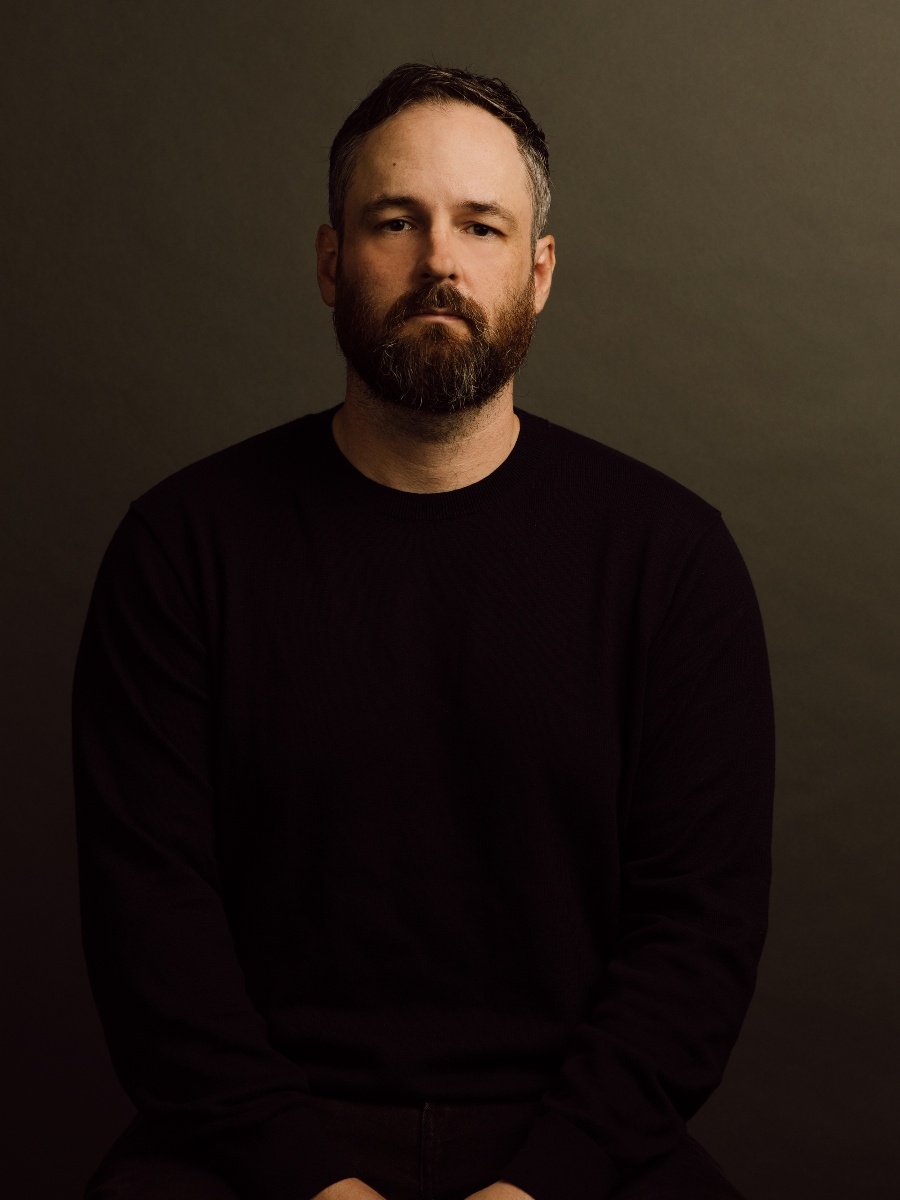
Below the Line: How did you first become attached to working on this film?
Tony Kent: This company in Vancouver is one of the production companies I’ve worked with before on a few projects. I guess maybe a year before I started, I found out about the project, and then Covid happened and it all got pushed back. But yeah, it’s a company that I’ve worked with before, [and] that I enjoy working with. [So] yeah, that’s how I got attached to it.
BTL: What was the most surprising thing that you learned about Sidney Poitier over the course of editing the film?
Kent: Probably the fact that he almost didn’t survive childbirth. He was born very much prematurely in Miami, and then his father went out and got a shoe box that was going to act as a burial coffin for him. His mother said “no,” and went out and got some extra opinions. And yeah, that’s probably the most surprising thing. Just learning about him, in general, was great. I obviously knew who he was, but I didn’t know all the details, which [were] amazing to learn.
BTL: It’s my understanding that the bulk of the interviews with Sidney were from Oprah’s archives.
Kent: Right. Yeah, the straight-on stuff where Sidney is directly facing the camera, is from Oprah’s masterclass interview from maybe 8-10 years ago. And then, to fill in the rest of the parts of the story, we really had to dig into the rest of the archives — interviews [with] him from the ’70s and ’80s, radio interviews from the ’50s and ’60s. And then we also used his audiobooks a couple of times as well. Some of his narration is pulled from his audiobooks. But yeah, you’re right, the bulk is from the Oprah thing, which was amazing.
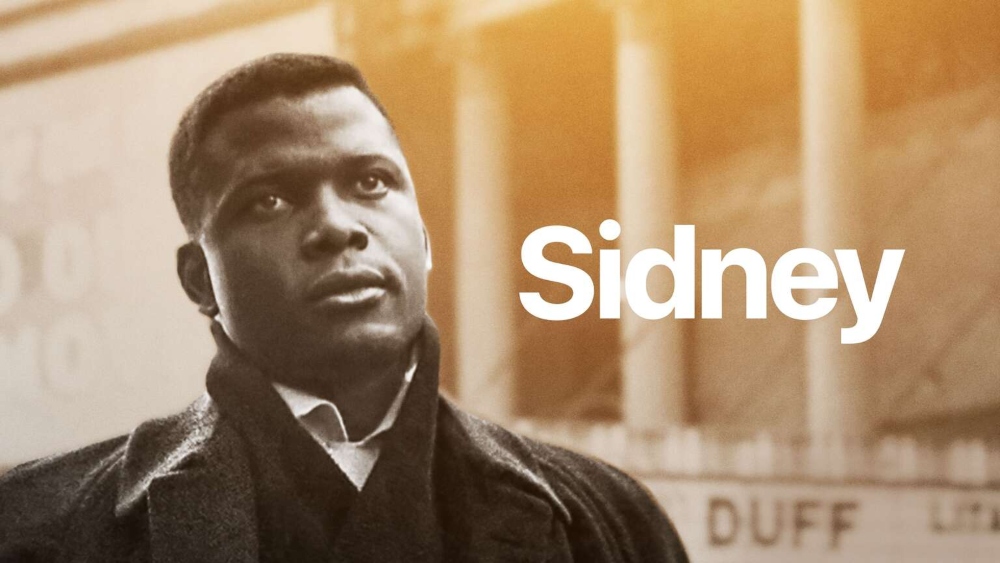
BTL: How long was the initial cut?
Kent: The initial cut? That’s a good question. The one that I showed internally was probably close to three hours, now that I’m thinking back. The thing with Sidney is, it could have almost been a multi-episode series. There was just so much stuff that we had to decide what we were going to keep in and what we were going to [have to cut] out because his story is so full and rich.
BTL: I was thinking the same thing as soon as you said there was a three-hour cut — this could easily have been a two-parter.
Kent: [The] three-hour cut is even with making a lot of [tough editing] decisions, [and] not including a lot of stuff. He was in so many films. A lot of films we didn’t highlight just for time reasons. [But] yeah, there’s just so much stuff.
BTL: When you have an actor of that caliber, it must be so hard…
Kent: Yeah. Yeah, it is. My own initial research that I like to do before I even start editing [is] just start Googling and reading articles, and there are so many films that we didn’t get to touch on that we could have, like Brother John or Porgy and Bess. There’s just tons and tons of stuff. We could have gotten more into his directing career as well, but those are the decisions you have to make when you’re just doing one feature film.
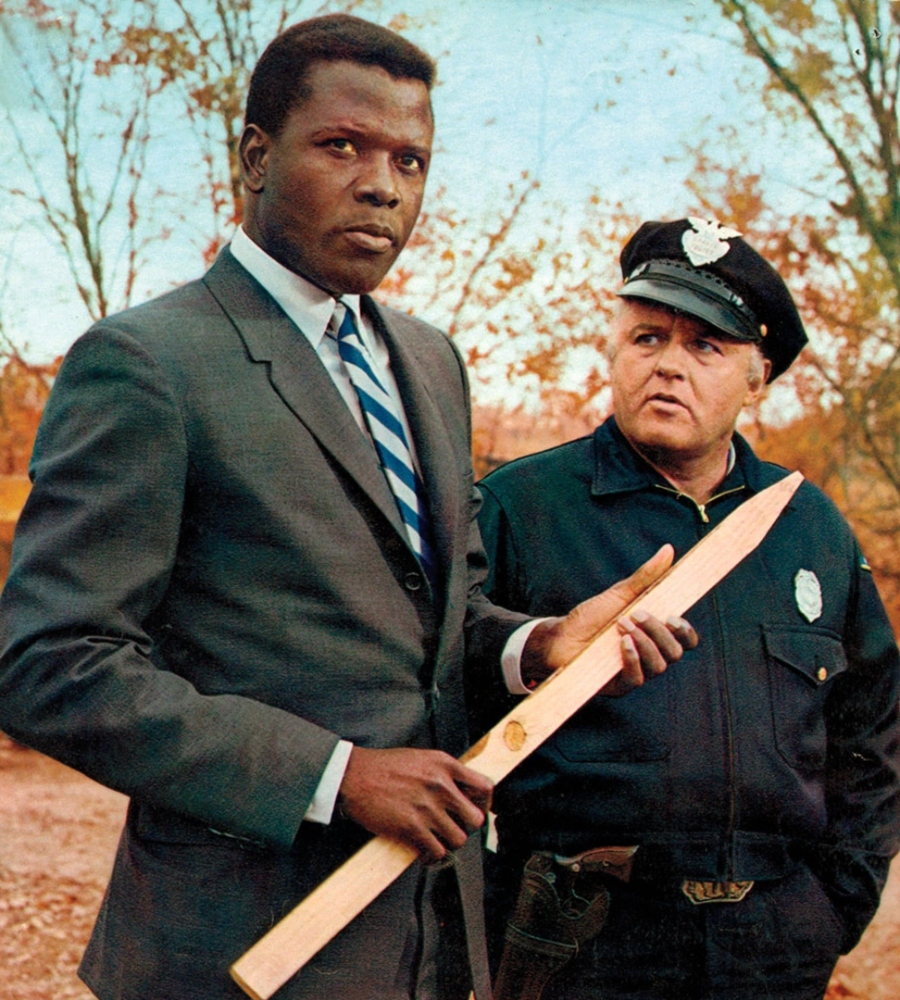
BTL: In terms of the footage that did get cut, was there something that you all wanted to keep in but just weren’t able to?
Kent: We did have a little bit more of a story about him with Diahann Carroll. We weren’t able to use some stuff, just due to licensing issues as well. [Like], the film Porgy and Bess, we could have done a scene on that, but just the archive licensing on that was a mess because apparently, they don’t even know who really owns the rights to that film, so it would have just been impossible to actually use it. The only copy we were able to track down was on YouTube — you can’t even get a copy of it. So yeah, there are things like that where sometimes the business side of it helps you with your edit because you just can’t use it [or] license it.
BTL: And people wonder why there are some films that are not on streaming!
Kent: Yeah [laughs].
BTL: What was the biggest challenge in terms of editing the film during the pandemic?
Kent: I guess the in-person communication. This was the first project I’ve done almost completely from home, like 95 percent. I only went into the office a couple of times. The technology really caught up with the situation. The live-streaming that I’m able to do while I’m editing with these software platforms is amazing, so I’m able to get into a virtual room with Reggie, the director, who was in LA… or he’s traveling all around. Sometimes, he’s in Atlanta [and] sometimes, he’s wherever. [But] I can get in the room with people in Vancouver and Toronto all at the same time. There is definitely something to be said about sitting in the room with the director for a couple of weeks. We weren’t able to do that on this but I think it still worked out. Learning all the new technology and troubleshooting all the streaming stuff was probably the biggest challenge.
BTL: What software were you using to edit the film?
Kent: Avid.
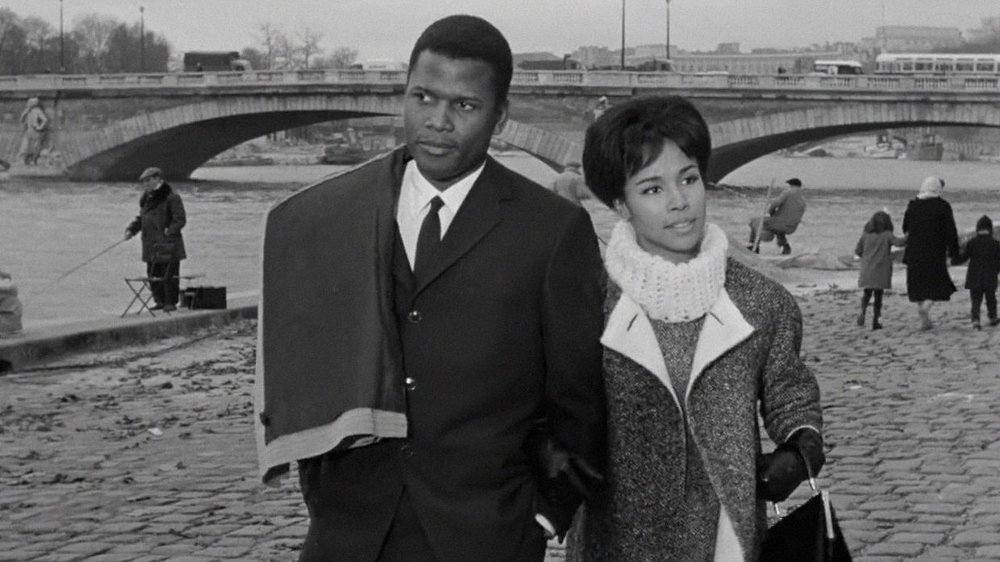
BTL: How did you first develop an interest in editing?
Kent: I took a film and media course — I’m almost dating myself [here] — but maybe 20 years ago. It was just kind of a general course. I knew that was something I was really interested in. Editing, at that point, wasn’t on my radar, but I was thinking more [about] writing and maybe directing and being on set. When I started getting into the business, the days on set aren’t the most fun for me, 14-16 hour days. Not that you don’t do that in editing as well, but most of the time, you’re not outside and you’re contained. It just kind of happened, to be honest. I did a few different jobs in the film industry — ended up as a P.A. on the post side of a local facility — and then I just kind of worked my way into assistant editing, and [then] editing. I just loved it and stuck with it.
BTL: What have been the biggest changes you’ve seen through the years in terms of editing?
Kent: Probably just how many people are aware of editing now, just because [of] the proliferation of YouTube and everybody now having their own little 10-second things on social media. I think [there’s] a bigger understanding of editing now and it’s so much more accessible. You don’t need $100,000 worth of equipment to ingest footage and edit stuff yourself, so that’s great.
BTL: I can’t even imagine doing the whole ‘splicing reels together’ thing.
Kent: Well, that was just a bit before my time. But actually, I had a job when I was about 19 or 20 in my hometown working at a movie theater. I got trained by one of the projectionists there. It wasn’t editing, but you were splicing the film together, splicing the trailers together, [and] splicing the films or putting them on the big reels. I can imagine that process as far as editing — you really have to make the decision before you’re gonna actually slice the film up. There are so many more chances and choices you can make now that it’s all digital.
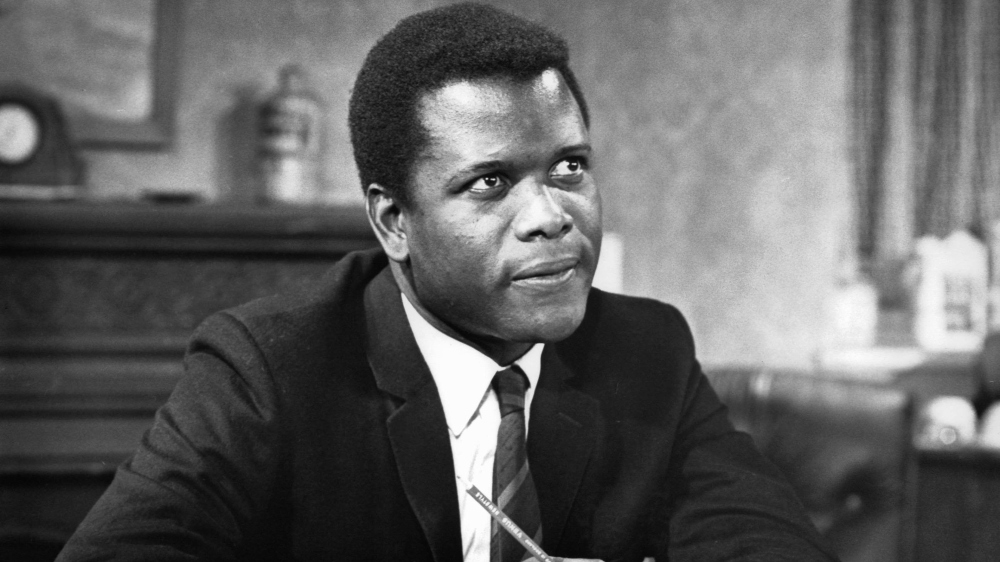
BTL: Sidney earned two nominations from the Critics Choice Documentary Awards, so how much of an honor to you was that kind of recognition?
Kent: It blew me away. It’s amazing, but I’ve seen some of the other films that are nominated and they’re all amazing. It’s incredible. It’s awesome. It’s amazing. I’m so happy for the team and proud of the team, and yeah, it’s awesome.
BTL: Do you have a favorite Sidney Poitier film?
Kent: I thought you might ask [that] question. I was thinking about it. It’s tough. When I first started, I kind of eased into the project because they were still shooting a lot of interviews, [so] I was able to watch a lot of his films on my off-time and I think In the Heat of the Night is his best film. Buck and the Preacher was really fun. One that’s not in the film, Brother John, I really enjoyed as well. But there are so many, it’s hard to say. What about you?
BTL: Guess Who’s Coming to Dinner is up there for me, as is In the Heat of the Night. I have Lilies of the Field on Blu-ray and I’ve been meaning to watch that one, too.
Kent: Yeah, it’s good. It’s fun.
BTL: I pulled it out of my pile as soon as I found out that Sidney died this year. I’ve just been trying to find the time.
Kent: Yeah, there’s so much content out there. That’s definitely a lot to ingest.
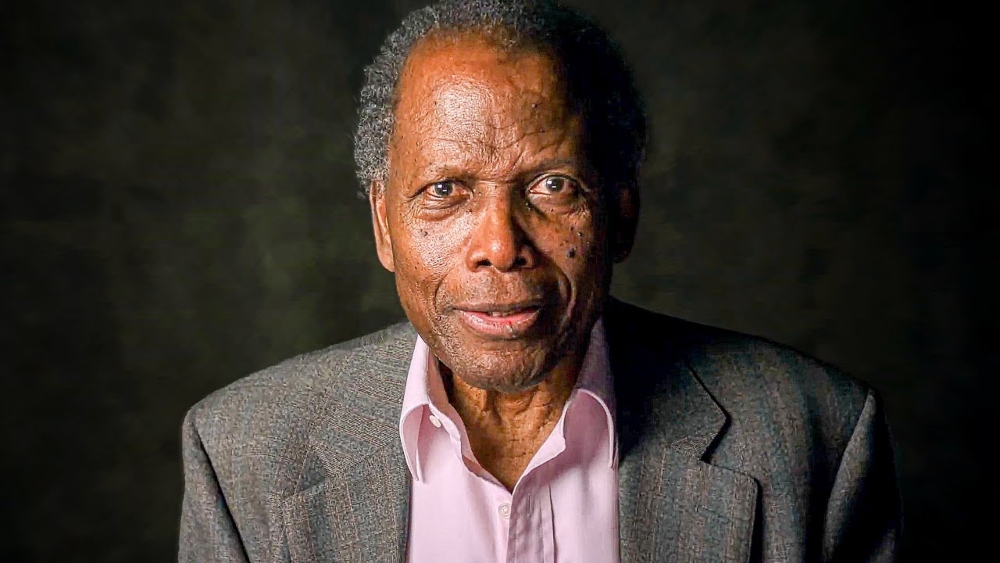
BTL: I was hoping to see this in Toronto at the festival but it’s tough making those early mornings sometimes.
Kent: Yeah. Fair enough.
BTL: I’m sure it played just as beautifully on the big screen as it did on my TV.
Kent: I saw a screening here in Vancouver and it was amazing — to see the interview that Oprah shot, a lot of it you’ll notice is really tight on him, so just to see his image completely fill a [large] screen [all] tight like that, it was very powerful [because] he’s so expressive.
BTL: The interview with Oprah late in the film… when she started crying, I started crying.
Kent: Yeah, well, that’s good [laughs]. That’s what we hoped for. When I watched the raw interview, I was like, “oh, yeah, there it is. Right there.” There was almost too much of her in the first cut that we had. Like, it was okay. She’s amazing. She’s telling us so many amazing things, but we needed to balance it out a bit and bring up some more of the cast. That’s an amazing problem to have [though]. She was so good.
BTL: I imagine that in the pre-streaming days, that entire interview would be a bonus feature in its own right.
Kent: Yeah, that’s a good point, for sure.
Sidney had its world premiere at the Toronto International Film Festival and is now streaming on Apple TV+.





